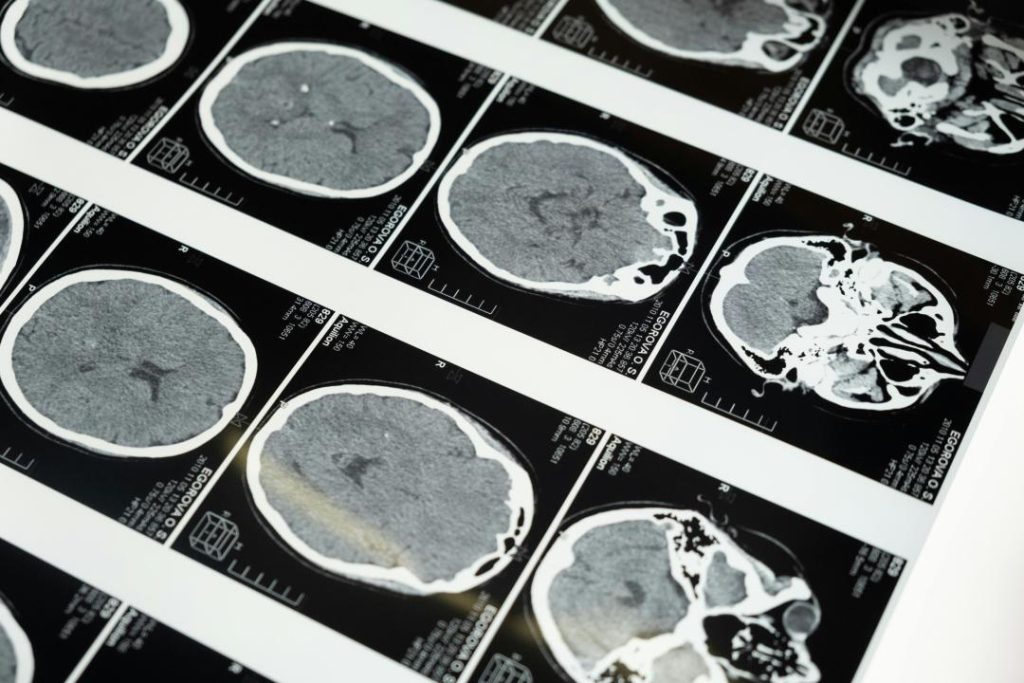
Exercise May Help Slow Parkinson’s Disease
Parkinson’s disease is a neurological disorder that affects millions of people worldwide. While there is no cure for the disease, researchers have found that regular exercise can play a significant role in supporting brain health and slowing its progression.
The symptoms of Parkinson’s disease, which include tremors, rigidity, bradykinesia (slow movement), and postural instability, can be debilitating and impact daily life. However, exercise has been shown to improve movement, balance, and mood, making it an essential component of a comprehensive treatment plan.
How Exercise Helps
Exercise has been found to have a positive impact on individuals with Parkinson’s disease in several ways. For one, it helps to improve motor function, which is critical for daily activities such as walking, dressing, and grooming. Exercise has also been shown to reduce symptoms of depression and anxiety, which are common comorbidities with Parkinson’s disease.
In addition, exercise has been found to have a neuroprotective effect, which means it can help protect brain cells from damage caused by the disease. This is particularly important, as Parkinson’s disease is characterized by the death of dopamine-producing neurons in the brain.
Types of Exercise
While some people may think that exercise needs to be intense or high-impact to be effective, the truth is that even light activity can make a real difference. Activities such as:
- Walking
- Stretching
- Cycling
- Swimming
- Yoga
can be beneficial for individuals with Parkinson’s disease. In fact, a study published in the Journal of the American Medical Association found that even a single 30-minute walk can improve motor function and reduce symptoms of depression.
Benefits of Exercise for Parkinson’s Disease
The benefits of exercise for individuals with Parkinson’s disease are numerous and well-documented. Some of the most significant benefits include:
- Improved motor function: Exercise has been shown to improve motor function, including balance, coordination, and movement.
- Reduced symptoms of depression and anxiety: Exercise has been found to reduce symptoms of depression and anxiety, which are common comorbidities with Parkinson’s disease.
- Improved mood: Exercise has been shown to improve mood and overall sense of well-being.
- Neuroprotective effects: Exercise has been found to have a neuroprotective effect, which means it can help protect brain cells from damage caused by the disease.
- Reduced risk of falls: Exercise has been shown to reduce the risk of falls, which is a significant concern for individuals with Parkinson’s disease.
Getting Started
If you or a loved one has been diagnosed with Parkinson’s disease, it’s essential to consult with a healthcare provider before starting an exercise program. A healthcare provider can help you develop a personalized exercise plan that is tailored to your specific needs and abilities.
In addition, there are many resources available to help you get started with exercise. Some options include:
- Physical therapy: A physical therapist can help you develop a personalized exercise plan that is tailored to your specific needs and abilities.
- Fitness classes: Many fitness classes, such as yoga or Pilates, are designed specifically for individuals with Parkinson’s disease.
- Online resources: There are many online resources available, including videos and tutorials, that can provide guidance on exercises that are safe and effective for individuals with Parkinson’s disease.
Conclusion
Exercise is a low-cost, effective way to manage symptoms and improve quality of life for individuals with Parkinson’s disease. By incorporating regular exercise into your routine, you can improve motor function, reduce symptoms of depression and anxiety, and protect brain cells from damage caused by the disease.
While there is no cure for Parkinson’s disease, exercise can play a significant role in slowing its progression and improving overall health and well-being. By incorporating exercise into your treatment plan, you can take control of your health and improve your quality of life.
Source:
https://thepfc.club/blogs/news/how-exercise-helps-people-with-parkinson-s-disease






